The Goat Pen
Introduction
Text-to-speech Audio
Images
Pearl in the Goat Pen
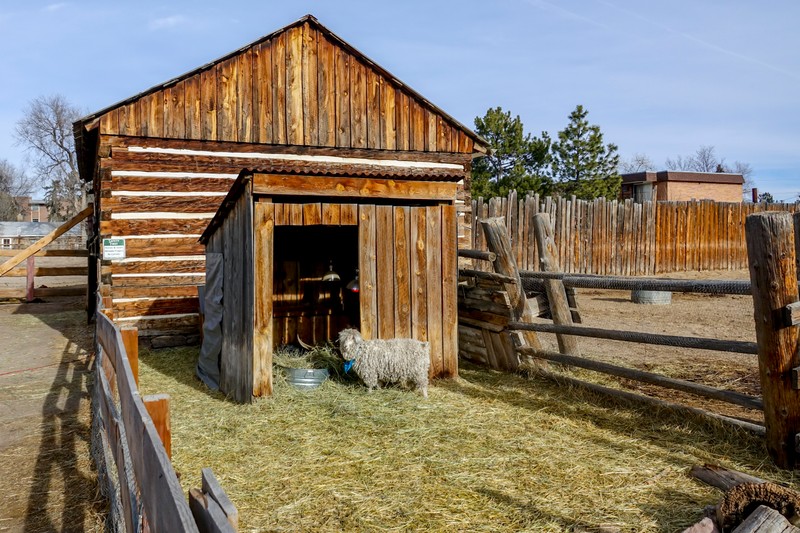
A Freshly Shorn Pearl on a walk in the Park
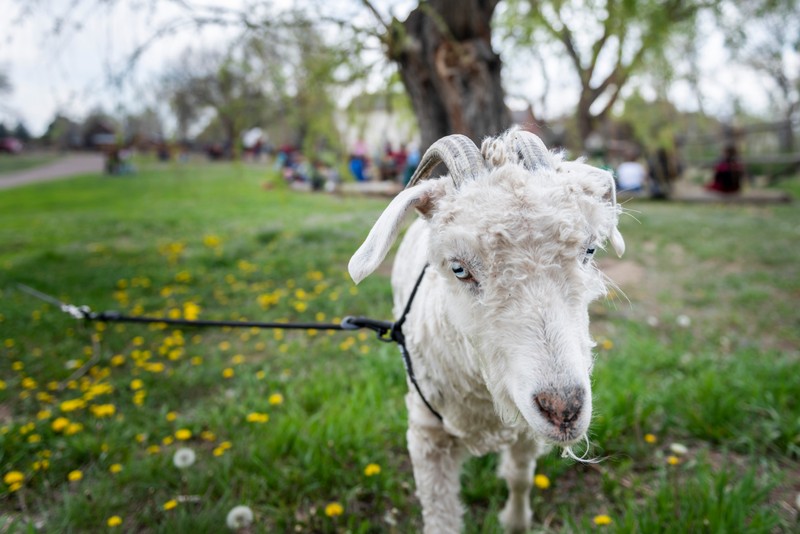
Coco
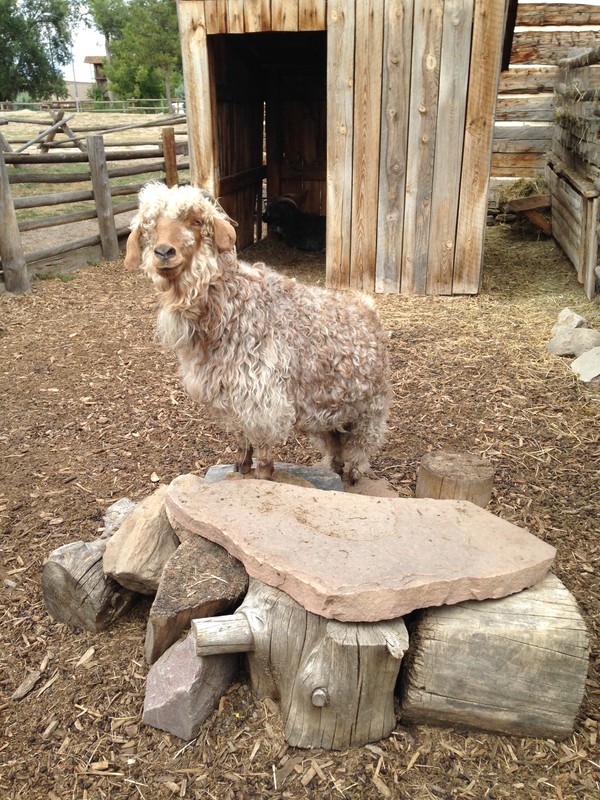
Edward
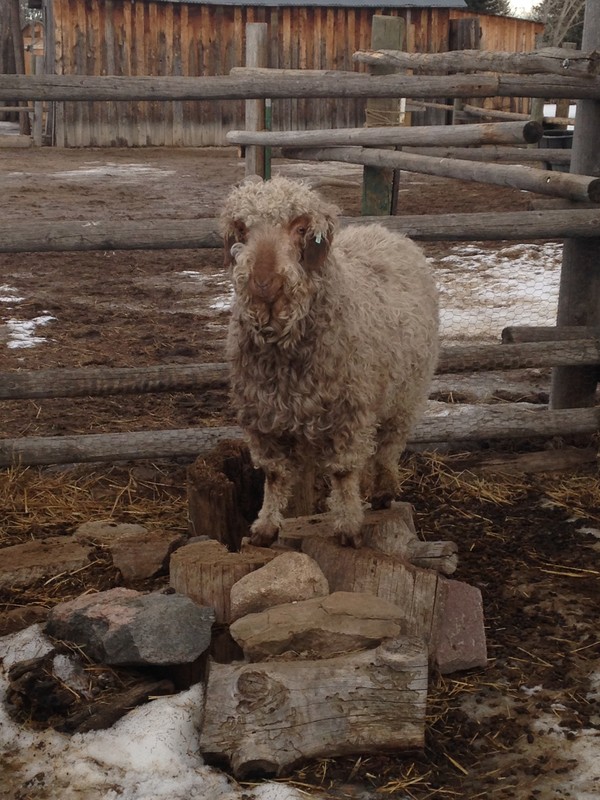
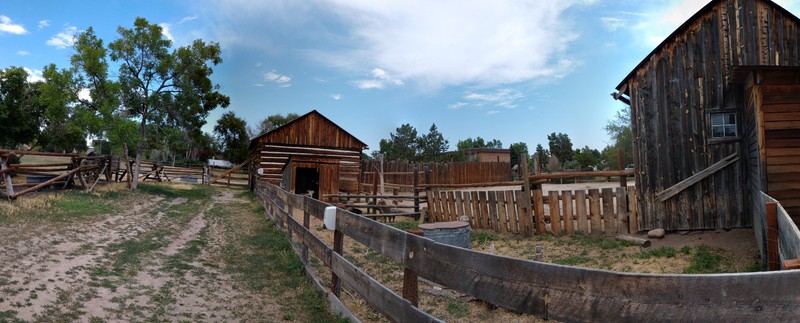
Backstory and Context
Text-to-speech Audio
Four Mile’s current goats- Pearl, Cocoa, and Edward- are frequently shorn. Angora goats were first imported into the United States in 1849. It is unknown whether the Booths kept goats, but Four Mile has raised Angora goats for many years. Angoras grow very tick wool. Park volunteers often spin this wool into yarn. Pioneers would use the yarn they spun in items such as woven blankets and crocheted or knitted items. The yarn would often be dyed using natural dyes that were often made from plants like berries and beets.
Goat’s milk could be used for other purposes such as making cheese.
Pearl can often be seen on walks around the land with park volunteers. She even has her own instagram page- @Pearltheangoragoat. Visitors are discouraged from feeding the goats as well, as the goats tend to nibble fingers and clothing.
Sources
15 Ways to Use All That Healthy Goat Milk
Natural Dyeing - Everything you need to know
Four Mile Historic Park Collections
All Digital Photo Denver
All Digital Photo Denver
Four Mile Historic Park Collections
Four Mile Historic Park Collections
